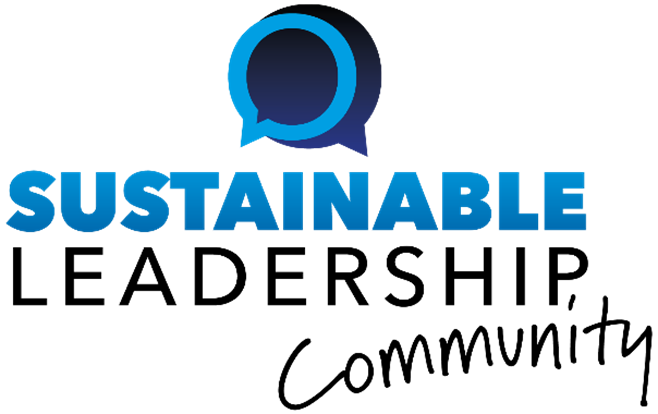KEY CONCEPT
Cognitive distortions, such as jumping to conclusions and focusing on the negatives, lead to job dissatisfaction and burnout. Emotion regulation strategies, such as rationally reappraising distressing thoughts, can counter the negative effect of cognitive distortions.
IDEA SUMMARY
Your thoughts and feelings impact how you interpret what is happening around you. You might, for example, receive a vague email from your boss asking for a meeting. For hours, you stress about why he or she wants a meeting, imagining a variety of worst-case scenarios. In the end, the meeting is rather innocuous—no big deal.
Leaders are taught how to talk with and to others. A team of researchers from the Center for Creative Leadership (CCL) argue that leaders need to pay close attention to ‘self-talk’—what leaders are saying to themselves as they interpret and react to events. These interpretations are often wrong because of what psychologists call cognitive distortions—thinking traps that lead to overly negative perspectives. Jumping to conclusions—such as imagining that a boss’s request for a meeting means serious trouble—is one common cognitive distortion.
Other examples include:
- Ignoring the positives – dismissing positive experiences, insisting they don’t count
- Assuming your feelings reflect the entire reality – not distinguishing between feelings and what is truly happening, and interpreting reality based on your feelings
- Tunnel vision – focusing on details and ignoring the whole picture
- Blaming – blaming others or yourself for everything negative
- “Should” statements – ignoring reality and expecting everything to be as you think it should be
- All-or-nothing thinking – immediately going to one extreme or another (“We’re against a local company, no way we’re getting this contract”)
- Overgeneralization – taking a single negative situation and generalizing it to all situation, using words such as “always,” “never,” and “ever”
The team’s research shows that the more frequently a leader experiences cognitive distortions, the greater the negative impact on a leader’s effectiveness and well-being, leading to job dissatisfaction and burnout.
Based on an online survey of nearly 300 leaders from around the world, the research also shows that leaders dealing with the negative work factors of role ambiguity (a job with unclear objectives, for example) and role conflict (a job with conflicting goals, for example), were more likely to experience frequent cognitive distortions. In contrast, leaders benefitting from the positive work factors of social support (support from colleagues) and organizational support were less likely to experience frequent cognitive distortions.
Because cognitive distortions are emotional responses—that is, involving one’s thoughts and feelings, the best approach to mitigate the damage of cognitive distortions is to learn how to regulate emotions.
Emotion regulation involves changing the emotion that one feels in response to an event. There are three ways to do this. The first is to engage in what psychologists call cognitive reappraisal, which is the deliberate effort to reinterpret the situation that caused an emotional response. Before you jump to conclusions, for example, you may first try to identify the assumptions you are making. Or you might think about what information is missing—information that might counter your negative conclusion.
The second emotion regulation strategy is cognitive defusion, which is to distance yourself from the thought that is causing distress—that is, to imagine that you are an ‘outside’ observer of your thought. One mental exercise to achieve this is to imagine holding the thought in your hand. The goal of cognitive defusion is to recognize that there is a difference between a thought that reflect your interpretation of reality and actual reality.
The third emotion regulation strategy, and possibly the most common but also the most damaging, is expressive suppression, that is, to suppress any behaviours or actions that might betray your emotions. For example, you may be feeling hurt, disappointed, or angry, and yet externally you smile.
Cognitive reappraisal and cognitive defusion, according to the study, will significantly counter the effect of cognitive distortions on burnout. Expressive suppression, on the other hand, did little to prevent cognitive distortions from causing stress and burnout.
BUSINESS APPLICATION
At the individual level, leaders can reduce the negative impact of cognitive distortions by watching their self-talk (e.g., when they are feeling distressed at work, they should question the reality of their thoughts and feelings) and practicing cognitive reappraisal and cognitive defusion.
At the organizational level, corporate leadership development efforts and programs should include proactively helping leaders recognize cognitive distortions and their impact on job satisfaction and burnout. The next step is to teach leaders how to respond through the emotion regulation strategies of cognitive reappraisal and defusion.
There is one emotion regulation strategy that companies will want to discourage: expressive suppression. Companies that believe leaders should be unemotional force their leaders to suppress outward expressions of emotions—a strategy that only exacerbates the damage of cognitive distortions.
FURTHER READING
The Stories We Tell: Why Cognitive Distortions Matter for Leaders. Katya Fernandez, Cathleen Clerkin, and Marian Ruderman. Organization Science (July-August 2020).
https://pubsonline.informs.org/doi/abs/10.1287/orsc.2019.1335
Further Relevant Resources:
Katya Fernandez’s profile at LinkedIn
https://www.linkedin.com/in/katyafernandez/
Cathleen Clerkin’s profile at LinkedIn
https://www.linkedin.com/in/cathleenclerkin/
Marian Ruderman’s profile at CCL
https://cclinnovation.org/team/marian-n-ruderman/











